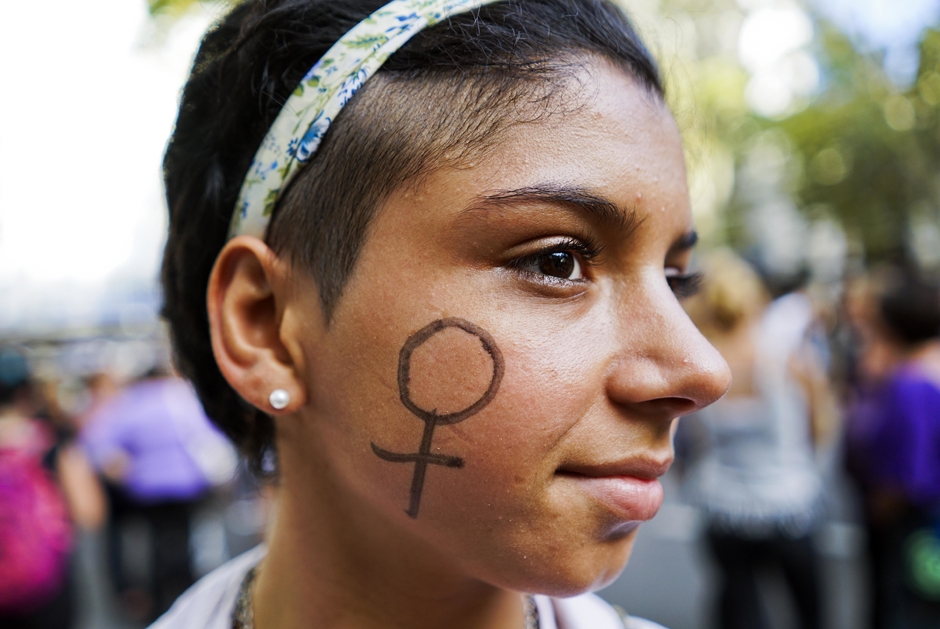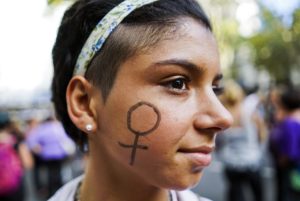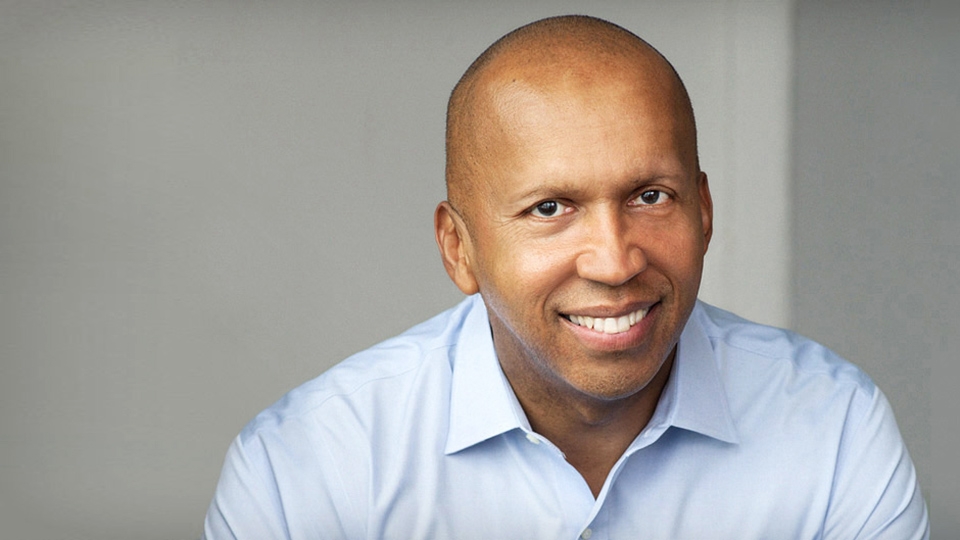
By Shivani Gosai | Assistant Opinions Editor

All around the globe, women have been protesting the recent inauguration of President Donald J. Trump.
Once again, citizens gathered in New York City on March 8 for “A Day Without a Woman” to protest against his administration and gender discrimination. The rally called for women to take the day off from work, wear red and avoid spending money (with the exceptions of buying from small women- or minority-owned businesses).
The purpose of the movement is declared in the name itself: A Day Without a Woman. What would it be like if there were no women for a day? How would society react? Would we learn an important lesson from our disappearance?
The protest was created in the same spirit of liberation that inspired the Women’s March. Its goal was to recognize the value that women bring to our socio-economic system and bring to light certain injustices that women experience in and out of the workplace. Inequality that ranges from pay wage, sexual harassment, job insecurity and other types of discrimination. The movement also wanted to recognize the heightened levels of social discrimination that transgender or gender-nonconforming people will – and do – face.
In an effort to get a response from the Trump Administration, speakers at the rally touched on subjects ranging from the fight over access to reproductive healthcare, violence against women, education and the deportation of women immigrants.
The protest received criticism on calling women to skip work, saying that it’s irresponsible or lazy to do. However, that is the point. We can’t expect women to fix everything, and we can’t take them and their work for granted.
“The object for us isn’t that we hope to shut the whole economy down,” said Linda Sarsour, a co-chairwoman of the event in an interview with The New York Times. “We see this as an opportunity to introduce women to different tactics of activism. Our goal is not to have the same numbers as the march.”
Yes, there are certain problems with this implementation: Some women can’t afford to skip work and protest. Women who work low-wage jobs are unable to take the day off. Sarsour said that is why they deliberately offered a menu of ways to participate if women could not strike, such as wearing red or refraining from spending money.
Though less people participated in this movement than the Women’s March, it still did its duty to gender justice. A movement is not a headcount; it is something that safely allows citizens to express concern. The Women’s March was one of the largest and most significant protests in recent history. It cannot be replicated every month. The Day Without a Woman march formulates new activism.
Four of the organizers of the march, Tamika Mallory, Linda Sarsour, Carmen Perez and Bob Bland, were arrested during the protest in New York for blocking traffic. All four were released later that evening.
The idea behind the protest is solid and genuine, and it resides in the Unity Principles created by the Women’s March on Washington. We march to end violence against women, for reproductive rights, LGBTQ+ rights, workers’ rights and immigrants’ rights. The Day Without a Woman march was to demonstrate anger and frustration, a way to disseminate information and build hope.
If every woman was able to march, then maybe we wouldn’t be marching at all.




